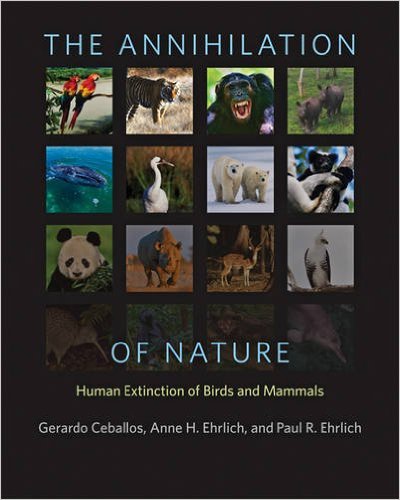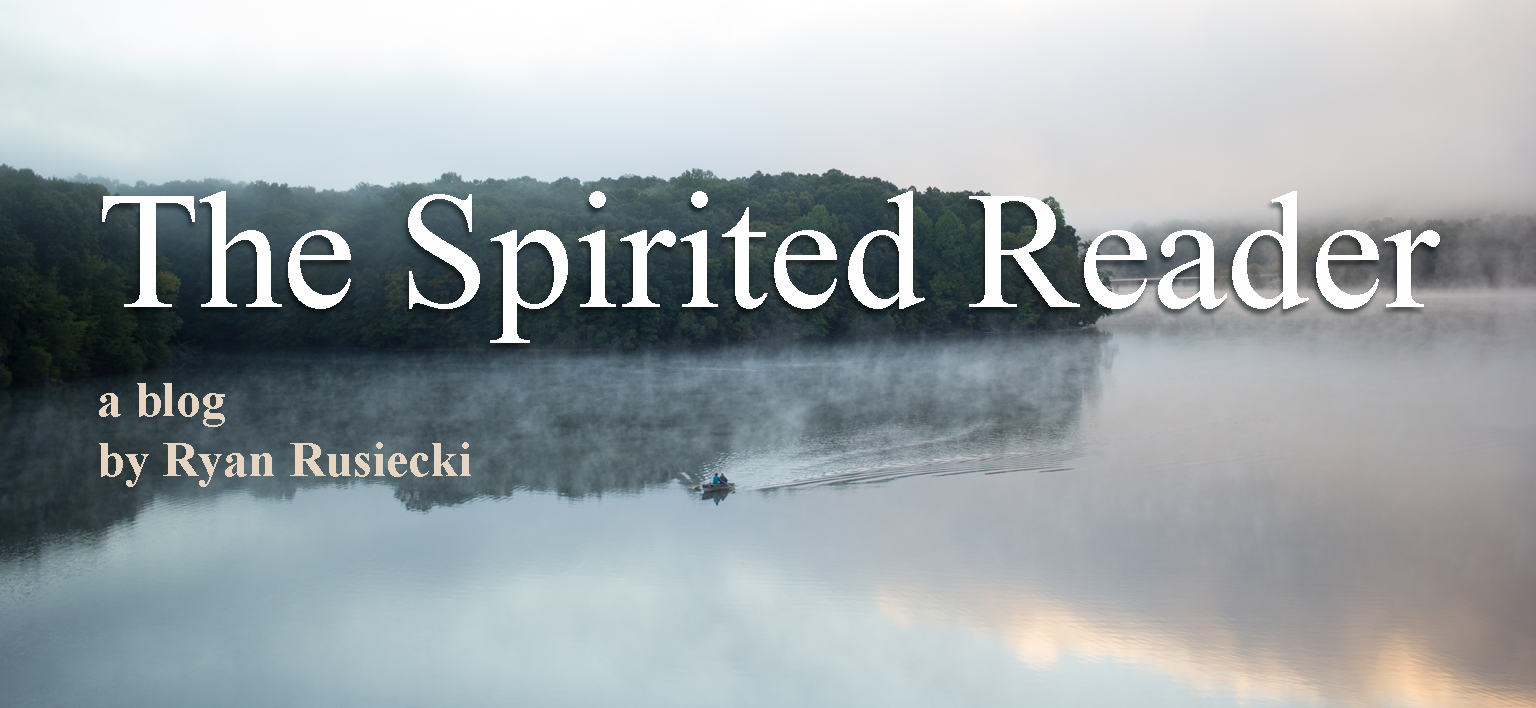First, the authors set the scene by describing Earth’s relationship with the universe and then illustrating the history of life on Earth, dating back to one billion years ago. They provide a brief history of humans (Homo sapiens), which especially focuses on the different industrialization eras that took place around the world. Eventually, the book catches up to the present as they contemplate the extinction of modern animals. After spending much time analyzing the extinction of many birds and mammals, the autho
to the present as they contemplate the extinction of modern animals. After spending much time analyzing the extinction of many birds and mammals, the autho
rs discuss the significance of these extinctions. The main purpose of this piece is to bring to light the many animal extinctions taking place on Earth. A handful of solutions are proposed in the final pages of the book.
Several different literary (as well as visual) techniques were used throughout the book, some good, others less effective. Most notably, there were over one hundred photos of wildlife included in the book. The pictures carried great significance and made the text more powerful. However, the few pages that were without any photos were nearly unbearable, as the large chunks of text were quite overwhelming. Even so, the book included important facts on animal extinction when necessary, which proved to be effective. Furthermore, the description of wildlife tragedies were especially influential For example: In [the whale’s] stomach it had a golf ball, surgical gloves, duct tape, miscellaneous plastic fragments, a pair of sweatpants, and twenty plastic bags, among other trash. Plastic cannot be digested and simply clogs the gut, causing death not directly but indirectly, through starvation and disease.” (83) This graphic description leaves readers with a vivid, powerful image and a lasting impression. On another note, I began to notice awkward wording in a handful of instances. For example, the author refers to the Bonobo species as “our sexy living relatives.” Additionally, sometimes the authors seemed to demonize the human race as a whole, rather than pointing out a specific group responsible for poor environmentally sound decisions. Ultimately, the authors make powerful use of certain techniques to illustrate the sad stories of extinction throughout history.
This piece was certainly successful in providing readers with an above average understanding of bird and mammal extinction. I learned many different things, ranging from the importance of biodiversity in the Amazon rainforest to the illegal hunting of elephants for the ivory trade. The use of photography amidst well-written, evocative text throughout the book created an inviting environment to learn and sympathize.

